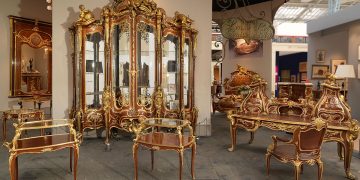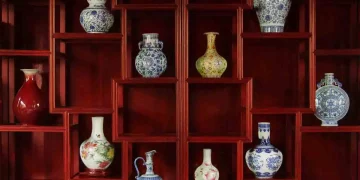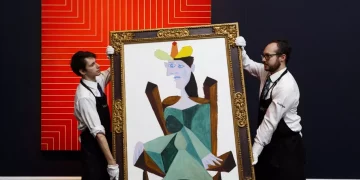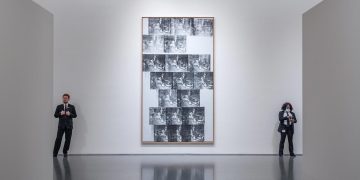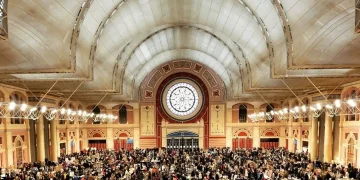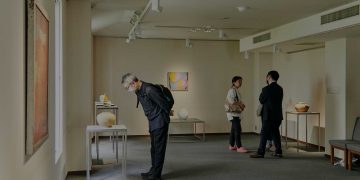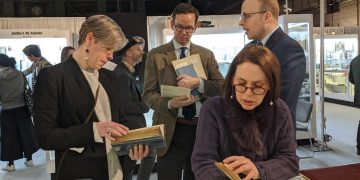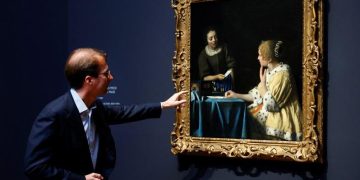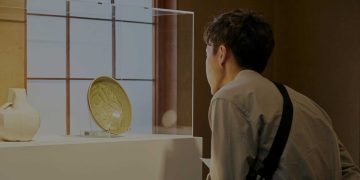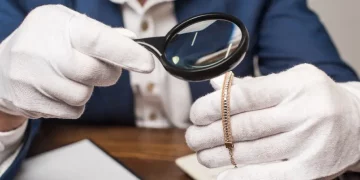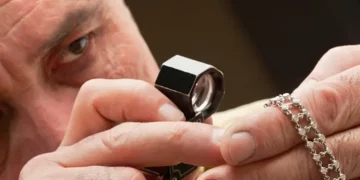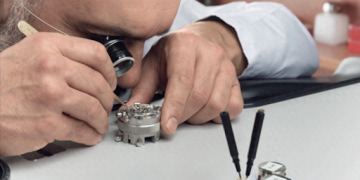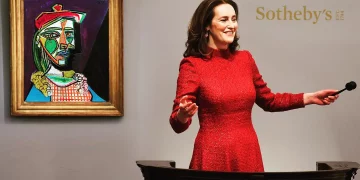The world of rare art collecting is thrilling, exclusive, and, if done wisely, potentially very profitable. Whether you’re an aspiring collector or an experienced investor, purchasing rare artworks can be a rewarding endeavor. But as with any high-value asset, navigating the art market requires insight, strategy, and a solid understanding of key factors that determine an artwork’s value.
If you’re interested in acquiring rare art, there are several essential buying techniques that can help you make smart decisions, avoid costly mistakes, and build a collection that has the potential for long-term appreciation. In this article, we’ll explore effective strategies and expert tips that will make you feel like a seasoned art investor, even if you’re just starting out.
1. Do Your Research: Knowledge is Your Greatest Asset
Before making any purchase, the most important step is research. The art market can be complex and nuanced, so understanding the historical and current context of the artist, their work, and the broader market trends is crucial.
Key Areas of Research:
- Artist’s Provenance: Understanding an artist’s history, previous exhibitions, and critical acclaim helps you assess the value of their work. Provenance, or the history of ownership, can greatly impact the desirability and authenticity of an artwork.
- Art Market Trends: Like any investment, the art market experiences fluctuations. It’s important to analyze the current trends and demand for specific artists, styles, or genres. Keep an eye on sales reports from major auction houses like Sotheby’s, Christie’s, or Phillips, as they offer valuable insights into which artists are performing well.
- Gallery and Auction House Reputation: The reputation of the gallery or auction house where you’re buying from is vital. Esteemed institutions often provide rigorous authentication and provenance checks, ensuring that you’re investing in genuine pieces.
How to Research Effectively:
- Use Online Art Databases: Resources like ArtNet, Artsy, and Paddle8 offer insights into auction results, art prices, and artist information.
- Attend Art Fairs & Exhibitions: Viewing artworks in person and interacting with gallerists, artists, and collectors will give you deeper insights into the work and the market.
- Network with Experts: Art consultants, curators, and other collectors can provide valuable perspectives on market trends and emerging artists.
By arming yourself with comprehensive knowledge, you reduce the likelihood of making impulsive or ill-informed decisions.
2. Focus on Quality, Rarity, and Condition
When it comes to art investment, quality is king. While it’s tempting to buy artworks based on their popularity or potential short-term gains, you should always prioritize quality, rarity, and the condition of the piece. These three factors will determine the long-term value of the artwork.
Key Considerations:
- Quality: A high-quality artwork typically demonstrates the artist’s mastery of technique, creativity, and originality. Look for works that are iconic representations of the artist’s style or significant pieces in their artistic journey. For example, buying a work that represents an artist’s breakthrough moment can have more value than one from their less celebrated periods.
- Rarity: Artworks that are limited in number or represent pivotal moments in an artist’s career tend to appreciate in value. Limited editions, rare sculptures, and one-of-a-kind pieces are more likely to increase in value compared to mass-produced works.
- Condition: The physical state of the artwork plays a significant role in its value. Works in pristine condition will naturally be worth more than those with visible damage or wear. Be sure to have a professional assess the condition of a piece before purchasing.
How to Assess Quality and Rarity:
- Examine the Work in Person: Always try to view the artwork physically (or at least via a high-quality image) to inspect its details, textures, and overall craftsmanship.
- Check the Artist’s Signature and Dates: A legitimate signature and date on the artwork can confirm its authenticity and age. However, make sure the signature matches known examples from the artist’s body of work.
- Seek Condition Reports: Ask the seller for a detailed condition report, especially for older artworks, to learn if restoration work is required or if there are any damages that could impact the piece’s value.
3. Establish a Budget and Stick to It
It’s easy to get carried away in the excitement of purchasing rare art, but like any investment, it’s crucial to establish a budget before you begin. The art market can be volatile, and while it’s tempting to go for the high-end works, it’s important to balance desire with practicality.
Key Budgeting Tips:
- Understand Your Risk Tolerance: The value of art can fluctuate, so it’s essential to understand how much risk you’re willing to take. If you’re looking for a long-term investment, consider purchasing pieces that are stable in value, such as works by established artists or historically significant pieces.
- Include Additional Costs: Art purchases often involve extra costs like auction house fees, taxes, insurance, and transportation. Be sure to factor these into your budget to avoid surprises down the road.
- Start with Smaller, Affordable Pieces: If you’re new to art investing, start with pieces that are affordable but have great potential for growth. This allows you to gain experience and build your collection without risking a large portion of your capital.
How to Set a Realistic Budget:
- Compare Prices of Similar Works: Research similar pieces by the artist or in the same genre to get a sense of what you should expect to pay.
- Consult a Financial Advisor: If you’re planning to invest a substantial sum in art, consider consulting a financial advisor who specializes in alternative investments to help you align your art purchases with your broader investment strategy.
Having a clear budget will help you make objective decisions and prevent you from overextending financially.

4. Build Relationships with Dealers and Auction Houses
In the art world, relationships matter. Establishing trust and rapport with reputable dealers and auction houses can give you an advantage when purchasing rare artworks. Many of the top art deals are made through personal connections before items even hit the open market.
Why Relationships Matter:
- Early Access to Works: Art dealers and auction houses often have access to rare pieces before they are widely available to the public. Being on good terms with them can help you gain priority access to works that others may not even know are for sale.
- Exclusive Auctions and Sales: Some auction houses and galleries hold private, invitation-only auctions where rare and highly sought-after pieces are sold. By developing a relationship with trusted institutions, you can be invited to these exclusive events.
- Expert Advice: Dealers and auction specialists can offer valuable advice on the potential investment value of a work, giving you a deeper understanding of the market dynamics.
How to Cultivate Relationships:
- Engage with the Art Community: Attend art shows, gallery openings, and auctions to meet dealers, curators, and other collectors. Networking can provide you with insider knowledge and access to more opportunities.
- Be Transparent About Your Goals: Let art professionals know that you are looking to build a serious collection or make a sound investment. Dealers are more likely to trust you with valuable information if they know you’re genuinely interested in the art.
- Ask for Recommendations: If you’ve found a reliable dealer or auction house, don’t hesitate to ask them to recommend other trustworthy professionals. Word-of-mouth referrals are often the best way to ensure you’re dealing with reputable figures in the art world.
5. Seek Expert Advice: Art Consultants and Advisors
For serious investors, hiring an art consultant or advisor can be an invaluable resource. These experts are well-versed in the art market and can guide you through the complex landscape, helping you make decisions that align with your goals and budget.
Benefits of an Art Consultant:
- Expert Insights: Art consultants have deep knowledge of both the current market and historical trends. They can help you identify pieces that are likely to appreciate in value and advise you on potential pitfalls.
- Access to Private Sales: Consultants often have access to private collections and off-market opportunities that may not be available to the general public.
- Investment Strategy: Consultants can help you diversify your collection, balancing high-risk, high-reward pieces with stable investments to optimize your portfolio.
How to Find the Right Art Consultant:
- Look for Credentials: Ensure the consultant has a solid background in art history and investment, along with references or testimonials from previous clients.
- Check for Industry Recognition: Consultants affiliated with prestigious institutions or those with a strong track record of successful investments are often the best choice.
Conclusion: Mastering the Art of Investing
Investing in rare art can be both a rewarding and profitable venture, but it requires careful research, strategy, and expert guidance. By focusing on quality, rarity, and condition, establishing a clear budget, and building relationships with trusted professionals, you can enter the world of rare art investment with confidence.
So, whether you’re looking to diversify your portfolio, acquire a masterpiece, or simply immerse yourself in the fascinating world of art, remember that knowledge and patience are your greatest assets. Take the time to learn, connect with the right people, and invest wisely, and you’ll soon be on your way to collecting rare and valuable artworks, just like the pros!



